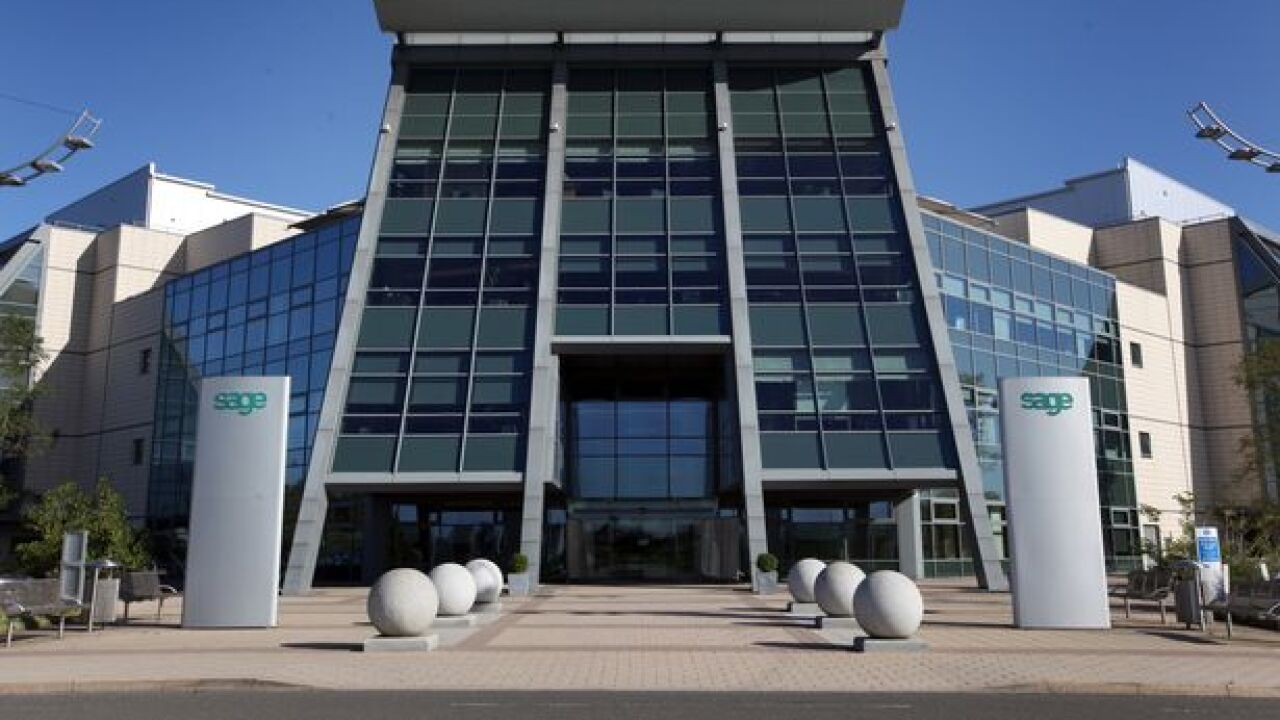There is a time in a firm’s life, it turns out, that is make or break. At five to 10 years of age, firms start facing obstacles they didn’t see coming and a dip in revenue is common. Chart this up to growing pains — if a firm makes it through this milestone, they will likely see greater success than they’ve ever seen before. But sometimes, that five-to-10-year mark is the end of the line for firms who can’t make it past the pitfalls.
This is all according to Karbon’s latest "Practice Excellence Scorecard" report, which is based on the first 250 firms to be assessed (the report is updated throughout the year as more firms participate). The scorecard tallies the results from a range of questions to paint a picture of how firms of different ages and sizes achieve excellence in the areas of strategy, management, efficiency and growth.
And it’s that last category, growth, that poses great challenges to firms over time. On average, the report states, a firm’s proficiency improves steadily over time until they have been in existence for five to 10 years — a drop then occurs. For firms in this tenure, strategy suffers most, dropping by 8 percent. Revenue per employee falls slightly, too (see chart). But firms that move past the ten year mark do recover, according to the report’s findings, especially in the efficiency area.

Since age is usually proportional to growth in size, the finding that firms of between 26 to 50 staff face similar problems that firms in the ten year tenure do is not surprising. As firms grow towards the 100-staff milestone, Karbon’s report states, they generally become more proficient in business expertise. But regional firms with 26 to 50 staff show a dip in practice excellence (but not revenue). Firms of this size usually have multiple partners, are based across different locations, and require a new organizational structure than they did when they were smaller.
But before reaching this size, there is another hurdle to clear — the six-to-10 staff mark. Firms growing from solo and small size (two to five staff) are, at this juncture, facing roadblocks like hiring challenges which they may not have had to deal with before. They are also trying to identify the right technologies and processes as they grow. Together, these manifest as a dip in annual revenue from an average of $86,848 a year for small firms of two to five staff, to $70,014 a year for small boutique firms of six to 10 (figures from Accounting Today’s
The good news is, firms across the board of all sizes are showing exceptional excellence in the area of technology. If this trend continues, technology may be able to be an aid in firms trying to push past the difficult transitional phases of growth.
The average technology proficiency of all firms surveyed is 70 percent, followed closely by strategy adoption proficiency (67 percent) and operations management proficiency (66 percent). The area where firms struggle most, on average, is marketing — firms show an average of only 41 percent proficiency in this area. Notably, client management is also suffering across the board, with an average proficiency of only 48 percent.

With these insights in mind, it becomes clearer that innovation — both in the technological sense and otherwise — is vital for firms to push past the difficult growth phases and come out better on the other side.
“Technology changes so rapidly and, like processes, should be looked at through a lens of continuous improvement to ensure they are thoroughly leveraged,” Amanda Wilkie, consultant at Boomer Consulting, said of the report.
Jody Padar, author of "The Radical CPA" added, “Although we keep growing and tripping over ourselves, we are excited by the new automation that is starting to emerge in our space. I believe this new horizon will help us reach new profitability levels, and firm owners will be able to make the choice about growing income with or without scaling a firm.”
For the full "Practice Excellence" report, please click





